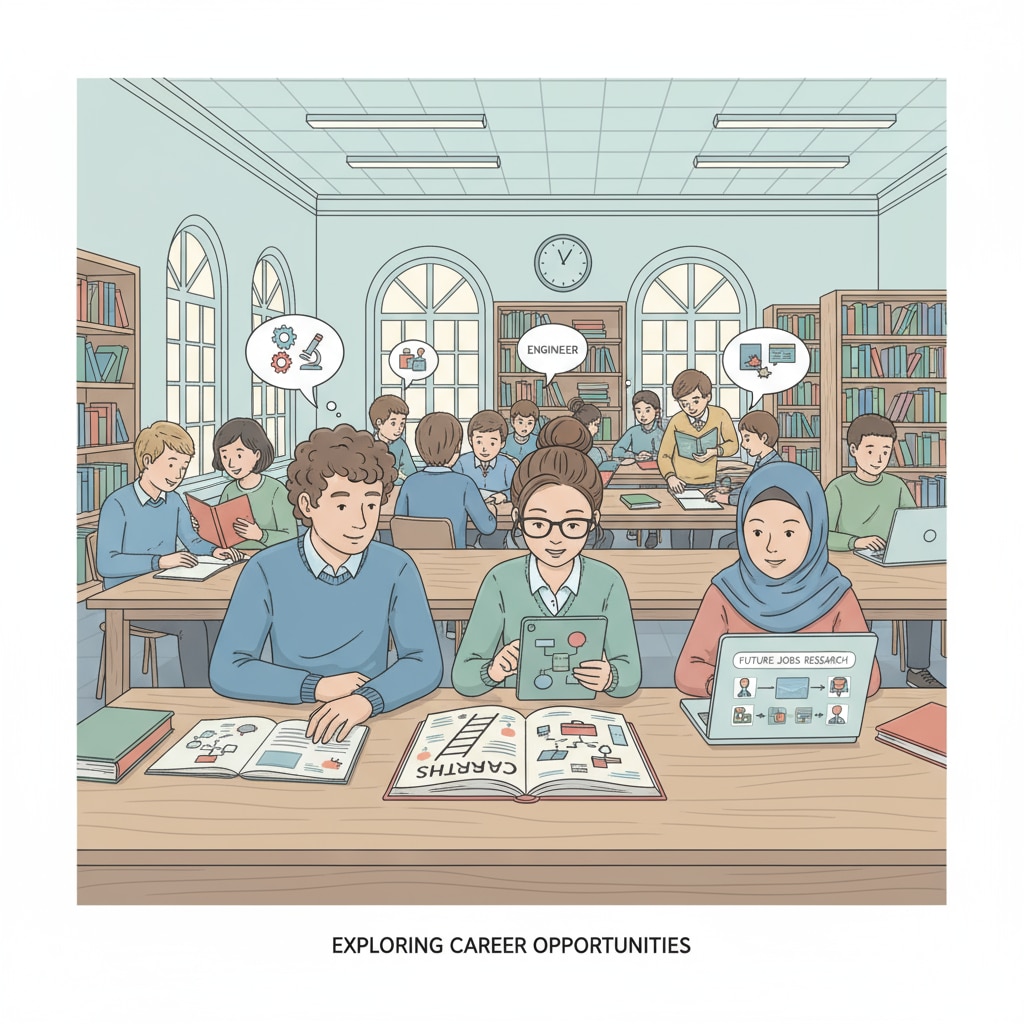Professional selection, career planning, and interest exploration are crucial aspects for high school students as they stand at the crossroads of their academic and professional futures. The process of choosing a college major can be daunting, filled with uncertainties and dilemmas. Let’s explore how students can navigate these challenges and make more informed decisions.

The Dilemma of Major Selection
Many high school students find themselves in a tough spot when it comes to choosing a college major. On one hand, they may have fleeting interests based on current trends or what their peers are choosing. For example, the popularity of certain tech-related majors like computer science might attract students who are simply drawn to the hype. However, these surface interests may not translate into long-term career satisfaction. As a result, students might end up in a major that doesn’t align with their true passions or skills. According to National Center for Education Statistics, a significant number of students change their majors during their college years.
The Importance of Career Planning
Career planning is not just about picking a job; it’s about envisioning a fulfilling and sustainable professional life. A well-thought-out career plan helps students understand the skills and knowledge required for their desired fields. For instance, a student interested in a career in medicine needs to be aware of the long educational journey, including medical school and residency. This awareness can influence their college major selection. By referring to resources like Bureau of Labor Statistics’ Occupational Outlook Handbook, students can gain insights into job prospects, salary expectations, and required qualifications for different careers.

Moreover, career planning also takes into account personal values and lifestyle preferences. Some students may prioritize work-life balance, while others may be more focused on achieving high levels of professional success. These factors play a vital role in determining the right career path and, subsequently, the appropriate college major.
Readability guidance: As seen above, we’ve used short paragraphs to convey key ideas. For each main point, we’ve provided real-world examples to enhance understanding. The use of external links offers reliable sources of information for further exploration. Moving forward, we’ll continue to break down complex concepts and use transitional words to ensure a smooth flow.


